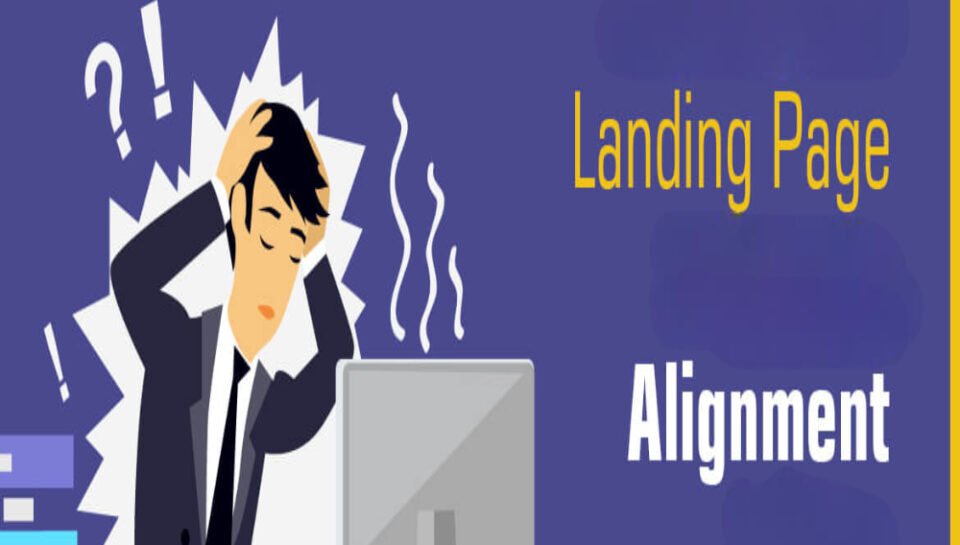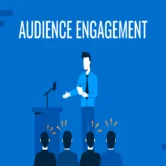
Describe landing page alignment with ad messaging
Introduction
Landing page alignment with ad messaging is a critical factor in successful digital advertising. When users click on an ad, they expect to land on a page that directly corresponds to the promise or message they saw. A disconnect between the ad and the landing page can lead to confusion, frustration, and high bounce rates. Conversely, when messaging is cohesive, it reassures the user, builds trust, and increases the likelihood of conversion. Proper alignment enhances the overall user experience, boosts quality scores in PPC platforms, and optimizes return on ad spend. Aligning messaging is not just a design task—it’s a strategic requirement in every well-performing campaign.
Matching headlines for message continuity
The most noticeable alignment element is the headline on the landing page. It should closely match the main message or offer from the ad. For example, if the ad promotes “50% off on all summer shoes,” the landing page headline should repeat or reflect that exact offer. This continuity confirms to users that they’ve landed in the right place and builds immediate trust. Inconsistent headlines can create friction, causing users to second-guess the credibility of the content.
Reinforcing ad copy with supporting content
Beyond the headline, the landing page should reinforce the key selling points or features introduced in the ad. If the ad highlights free shipping, customer reviews, or product benefits, the page should elaborate on those claims. Supporting content adds depth and validates the user’s interest. Strong alignment ensures that the ad does not overpromise and that the landing page delivers a cohesive message with supporting value.
Consistent visual and brand elements
Visual continuity between the ad and landing page helps create a seamless user experience. Consistent use of colors, logos, typography, and imagery reassures visitors they are interacting with the same brand. If the ad uses a specific image or design motif, the same or a visually similar element should be present on the landing page. Brand alignment fosters credibility and strengthens brand recall, which is essential in both short-term conversions and long-term brand loyalty.
Relevant call-to-action placement and phrasing
The call-to-action (CTA) on the landing page should mirror the CTA used in the ad. If the ad invites users to “Download a Free Guide,” the button on the landing page should say the same—not “Learn More” or “Start Trial.” Consistent CTA language minimizes cognitive load and reinforces user intent. Additionally, CTA buttons should be prominently placed above the fold and repeated strategically throughout the page for maximum visibility and usability.
Audience-specific personalization and tone
Ads are often targeted to specific segments, such as first-time visitors, returning customers, or geographic audiences. The landing page should reflect that same targeting with language, offers, and imagery tailored to that segment. For example, an ad targeted at small businesses should lead to a landing page that speaks directly to SMB needs—not enterprise-level solutions. Personalization increases relevance and helps improve engagement and trust.
Maintaining offer clarity and urgency
If an ad emphasizes a limited-time deal or special promotion, the landing page must reiterate that urgency clearly. Timers, highlighted expiration dates, or “Only X left” messages help carry the momentum from the ad click to the conversion. Missing or diluted urgency on the landing page breaks the psychological trigger initiated by the ad and weakens conversion potential. A strong alignment in offer details ensures consistency in emotional appeal and user motivation.
Mobile-friendly structure for seamless experience
Since many ad clicks come from mobile devices, the landing page must be responsive and load quickly. Misalignment between mobile ad viewing and a non-optimized landing page can cause high bounce rates. Ensure that key messages, visuals, and CTAs are immediately visible and easy to navigate on smaller screens. Alignment also means ensuring that forms, buttons, and content layouts function fluidly across all device types.
Alignment with keyword intent and search behavior
For search engine advertising, landing page content should align with the keyword intent of the user. If the user searched for “affordable web hosting,” the ad and landing page should address affordability and hosting solutions explicitly. Google’s quality score algorithm rewards high alignment between keywords, ads, and landing pages, resulting in better ad placement and lower costs. Addressing user intent directly increases engagement and satisfaction.
Compliance and transparency for trust
Users expect transparency about what they’re clicking into. If the ad promotes a free trial, the landing page should not obscure pricing information or require hidden commitments. Misleading ad-to-landing transitions can damage brand trust and lead to disapprovals from ad platforms. Ethical alignment builds long-term customer confidence and ensures regulatory compliance with advertising standards.
Conclusion
Landing page alignment with ad messaging is essential for creating a seamless, high-converting user journey. When headlines, visuals, CTAs, and tone are consistent, users feel confident and guided. Strong alignment improves trust, reduces bounce rates, enhances quality scores, and increases conversions. As digital advertising becomes more competitive and user attention more selective, brands that prioritize message cohesion will stand out and perform better. Strategic alignment is not just best practice—it’s the foundation of an effective and trustworthy digital campaign.
Hashtags
#landingpageoptimization #admessaging #conversionstrategy #digitaladvertising #ppcads #userexperience #messagealignment #calltoaction #qualityscore #adcampaigns #marketingstrategy #clickthroughrate #landingpageconversion #contentstrategy #campaignoptimization #semads #digitalux #paidsearch #googleads #adconsistency #brandtrust #onlinemarketing #adcopy #adtonelalignment #responsiveads





